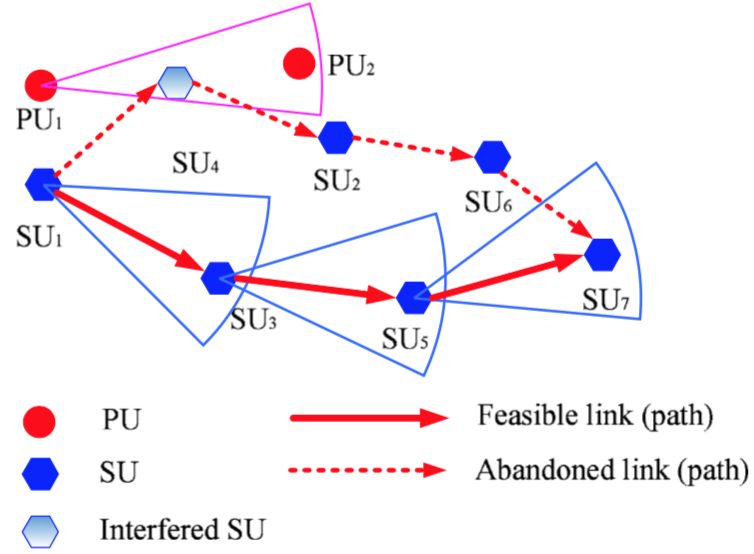Connectivity of Cognitive Radio Ad Hoc Networks with Directional Antennas
In cognitive radio ad hoc networks, omni-directional antennas are typically used at both primary users (PUs) and secondary users (SUs), which can cause high interference. We name such cognitive radio ad hoc networks with omni-directional antennas as OMN-CRAHNs. Different from omni-directional antennas, directional antennas can concentrate the transmission on desired directions and can consequently reduce interference in undesired directions. In this paper, we investigate both the local connectivity and the overall connectivity of cognitive radio ad hoc networks with directional antennas (DIR-CRAHNs), in which both PUs and SUs are equipped with directional antennas. In particular, we establish a theoretical framework to analyze both the probability of node isolation and the probability of connectivity of DIR-CRAHNs and OMN-CRAHNs. Our analytical results show that DIR-CRAHNs can have higher connectivity than OMN-CRAHNs.


Leave a Reply